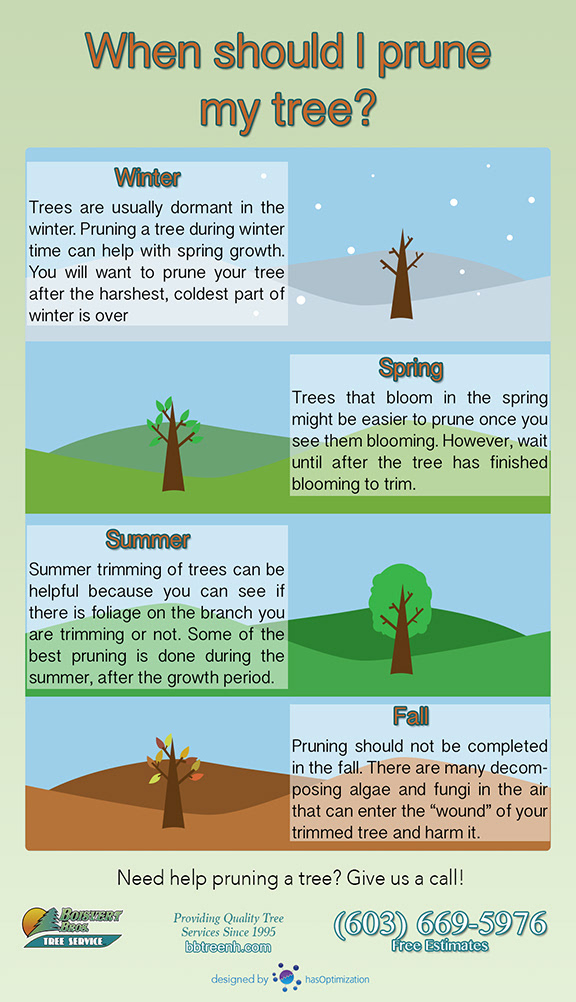Take Notice Of Vital Signs That May Disclose Your Tree Is Dangerous; Being Informed Concerning These Can Help Secure Your Residential Or Commercial Property And Enjoyed Ones.What Should You Check For Next?
Take Notice Of Vital Signs That May Disclose Your Tree Is Dangerous; Being Informed Concerning These Can Help Secure Your Residential Or Commercial Property And Enjoyed Ones.What Should You Check For Next?
Blog Article
Uploaded By- click web page
When it comes to tree treatment, acknowledging the signs that it's time for removal is necessary for your security and building. When To Trim Trees may discover tarnished leaves, wilting branches, or odd fungal developments showing health issue. Structural concerns, like a substantial lean or fractures in the trunk, can likewise present risks. Recognizing these indication can aid you make notified decisions about your trees and protect against prospective risks hiding in your lawn. What should you try to find following?
Indicators of Decay and Illness
When you observe indications of degeneration and illness in your trees, it's vital to act rapidly. Try to find discolored fallen leaves, wilting branches, or unusual developments like fungi. These can show that your tree is battling.
If you see cracks in the bark or soft, mushy wood, these symptoms suggest inner decay. Additionally, an unexpected boost in insects around your tree can signify that it's weakened and prone.
Look for any dead or dying arm or legs, as they present a threat to your building and security. If you doubt concerning what you see, getting in touch with an arborist can supply clarity.
Resolving these indicators early can save you from a lot more comprehensive damages and guarantee the health of your yard. Don't wait up until it's too late.
Structural Instability and Leaning
As you observe your trees, watch out for any kind of signs of structural instability or leaning. If a tree leans substantially, it might suggest that the root system is jeopardized.
Try to find any splits in the trunk or dirt around the base; these can signal potential failure. Additionally, check for uncommon growth patterns, like a lopsided crown, which might recommend that the tree is battling to hold itself upright.
If you discover that the tree leans toward your home, power lines, or various other frameworks, it positions a better threat. Don't overlook these signs-- speak with an arborist to examine the scenario.
Acting early can protect against pricey damages and ensure your security.
Dead or Dying Branches and Foliage
If you see dead or passing away branches and vegetation on your tree, it's a clear indication that something's incorrect.
These harmful areas can suggest underlying issues like disease, bug infestations, or environmental tension. When branches shed their leaves or turn brownish, they're no more adding to the tree's wellness. Disregarding these indications can result in further decrease, making your tree a lot more dangerous.
Dead branches can quickly break short throughout storms, positioning a danger to residential property and individuals nearby. It's vital to examine the degree of the damage.
If the issue influences a substantial part of the tree, take into consideration consulting a specialist. They can assist establish if elimination is essential to ensure security and maintain the appeal of your landscape.
Verdict
If you discover any type of indications of degeneration, architectural instability, or dead branches on your trees, don't disregard them. These signs can pose significant security dangers to you and your home. It's always best to get in touch with an expert arborist that can offer an expert assessment of your trees. Taking action early can stop accidents and pricey damage, ensuring your landscape remains risk-free and healthy. Bear in mind, it's better to be proactive regarding tree treatment than to wait on a calamity to take place.
